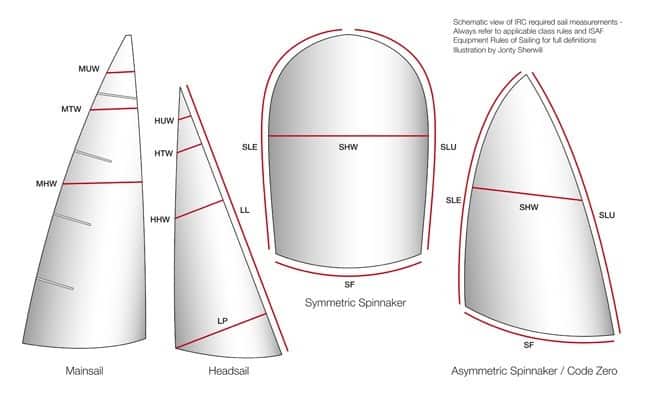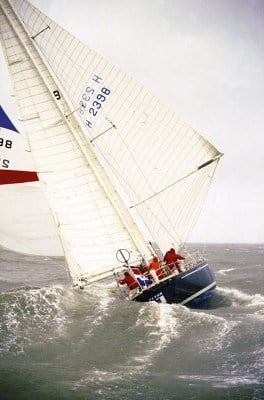Light airs racing
Mastering the art of sailing in light airs gives rewards. Jonty Sherwill asks Steve Benjamin how to keep going when the wind dies away
The forecast was spot on, the breeze has slackened as pressure rises, but now with the remains of an open sea swell and the tide soon to turn against you, making progress towards the next waypoint is going to be tough. It’s time to change mode and prepare for a drifting match.
With boats crossing tacks in slow motion, you can hear the chat on board: some crews are losing patience, but others remain quiet and focused. Sailing well in these near-calm conditions takes discipline and practice, and needs a skill set every bit as important as a heavy airs gybe.
While ships and powerboats can seem oblivious to your need for flat water, even the disruption of a big wash presents an opportunity for gains on the opposition.
The key to success is concentration and practice and while some light airs techniques commonly seen on the racecourse may be illegal, doing it the right way can involve some disciplines that are not immediately obvious.
“We’ve all been there – becalmed offshore and waiting for the slightest fill of the new wind to get the boat moving again and on with the race,” says Steve Benjamin. “Those who are successful will likely leave the competition slatting their sails behind and collect the trophies.”
So even if the sound of an engine in the distance seems a tempting option for an early supper ashore it’s unlikely to match the satisfaction of staying with the game and enjoying getting to the finish line through sheer skill.
1. Maintain momentum
As the wind dies it seems inevitable that your boat is going to stop, but try to maintain any momentum to keep the …read more
Photo Credit: Paul Wyeth





